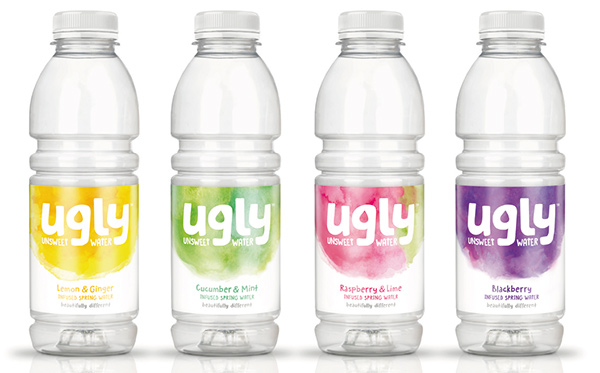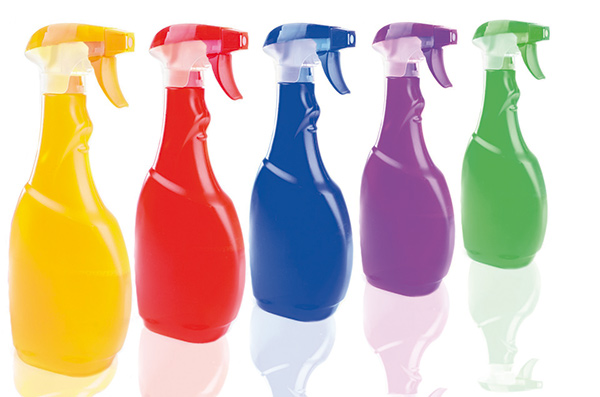Plastic packaging – Data 2016
Performance trend of production and market position. Barbara Iascon

According to the classification used by Istituto Italiano Imballaggio in its publication “Imballaggio in cifre”, the plastic packaging sector includes both rigid (bottles, flacons, etc.) and flexible non-laminated packaging (shoppers, films, bubble wrap, etc.), to the exclusion of flexible packaging for converting.
According to a report on 2015 trends, published by Plastics Europe in 2016, plastic demand in the 28 member states of the EU amounts to 49,000 t/000, 39.9% of which attributable to packaging manufacturers.
The report’s most recent data on recycling is from 2014, but it is worth noting how, of the 25,800 t/000 of plastic recycled in Europe as a whole, 39.5% is derived from recycled packaging. In Italy, according to data provided by the Corepla consortium, 41% of plastic packaging put on the market was recycled in 2016. The target for 2017 is to reach 42%.
The market
Even excluding flexible packaging for converting, the plastic packaging market saw a 5% increase in production (by the tonne), reaching 2,889 t/000.
As for foreign trade, the growth rate has been 6.8% for imports and relative stability in exports, which ended the year at +0.4%.
Apparent consumption went up by 6.6%.
Turnover is estimated to have grown by 2%.
Istituto Italiano Imballaggio attributes the discrepancies in performance between the two to various factors.
To begin with, during 2016 the cost of plastic raw materials fell (the Istituto monitors the prices of those used for packaging, as listed by the Milan Chamber of Commerce).
The price of plastic polymers was lower on average during 2016 than during 2015, in some cases by a wide margin. PET, for example, saw average prices drop 20%. This may have led to a higher output of

Le tipologie degli imballaggi di plastica
Gli imballaggi di plastica si suddividono in tre macro aree:
- imballaggi flessibili (film e sacchi, esclusi i flessibili da converter), 40,6%;
- imballaggi rigidi (bottiglie, fusti, cassette, pallet), 49,6%;
- accessori (reggette, tappi, chips, lastre, adesivi ecc.), 9.8%.
Negli ultimi anni gli sviluppi più interessanti sono nell’area degli imballaggi rigidi.
Gli imballaggi di plastica nel loro insieme rappresentano il 18% della produzione totale di packaging in plastic packaging that was then stockpiled.
Another factor to bear in mind when considering the performance of this product type is the trend of filled plastic packaging (the +5% mentioned above refers to empty packaging). In 2016, the amount of plastic packaging manufactured and filled in Italy increased by 2%, so it’s reasonable to suppose that there has been a certain increase in stocks, both at producer warehouses and at those of users.
In the meantime, the rise of both packaging made from recycled plastic (+6%) and that from bioplastics continues.
As for bioplastics – which are used mainly to make shopper bags, but also wrap films – it is estimated to have reached roughly 50 t/000 in 2016. Both in Europe and globally their use is still far below their real potential.
Plastic packaging types
Plastic packaging can be subdivided into three macro-areas:
- 40.6% flexible packaging (films and bags, excluding flexible packaging for converting);
- 49.6% rigid packaging (bottles, drums, crates, pallets);
- 9.8% accessories (straps, caps, chips, plates, adhesives, etc.).
In recent years, the most promising developments have been in rigid packaging.
Plastic packaging as a whole represents 18% of Italy’s total packaging production. It falls into the category of “light packaging”, with weights far below those of other materials. In light of this, a rough estimate would put the actual share of this packaging type at 23-25% of the sector as a whole.
User sectors
Plastic packaging has many uses in both food and non-food industries, with countless, exciting applications.
The food sector (fresh and preserved, beverages, etc.) is the largest target sector (76.2%, of which food represents 56.3% and beverages 19.9%). Among other user sectors, chemical products (inks, paints, lubricants, etc.) stand at 6.4%, while cosmetics/perfume consumes 3.7% and 13.7% is used to package machinery and other equipment.
Barbara Iascone
Istituto Italiano Imballaggio

















